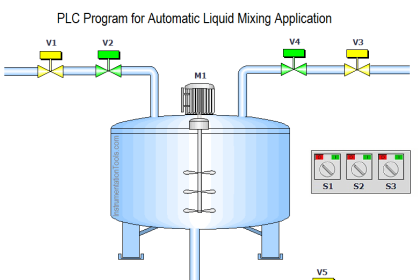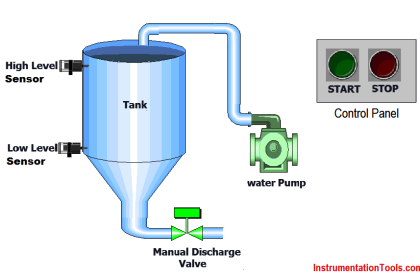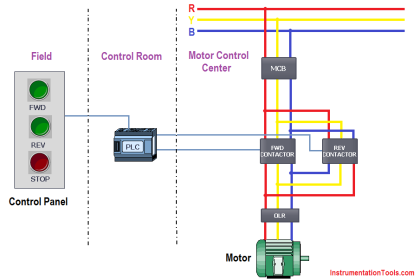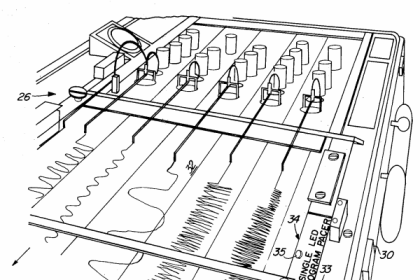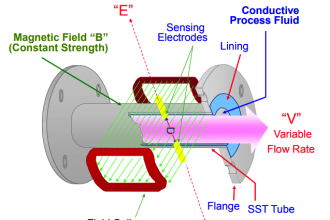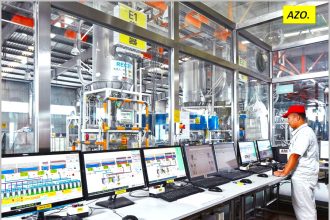If you’ve ever found yourself wondering “ what is hydraulics ? ” you’re not alone. Hydraulics are one of those hidden applications of physics that play a huge role in literally driving our modern world forward. But for all their wondrous glory, they’re not widely understood.
In this article, we want to help you understand this amazing piece of physics. This post will cover:
- The physics behind the question of what hydraulics are
- Hydraulics vs.pneumatics
- Modern and historical applications of hydraulics
Let’s get to it then!
What is hydraulics? The physics
A hydraulic system relies on pressure provided by a fluid to use a small force to push a much larger one. The best way to get your head around this is as an example.
Picture a big letter U. Imagine that this letter U had a syringe on either straight arm (let’s call them syringe A and B), and the bend in the U was full of water (here’s an image if you’re struggling to picture it).
Now, imagine that you plunged the syringe A on the left. This movement would force the water down and the up the opposite arm, pushing syringe B up.
Now, because of Pascal’s Principle, which states that when you compress a fluid that isn’t compressible, the pressure that generates will be equally spread throughout, syringe B will go up exactly however far down syringe A went.
For example, imagine that you put a 5kg weight on syringe A. Syringe B would have the ability to push UP a 5kg weight. Likewise, if you had a 10kg weight on syringe B, but only a 5kg weight on syringe A, then the pressure wouldn’t be enough to shift syringe B, and syringe A would stay up.
With us so far? Good.
Now comes the complicated bit.
The reason that you have a 1:1 ratio right now of what the syringes can lift (e.g. it takes 5kg to lift 5kg) is because the syringes are the same size.
But what if you change them, so they’re different sizes?
If we INCREASE the size of syringe B, then the pressure is spread over a larger area, which means that it will take much less force (e.g. a 5kg weight) to move it.
That’s because of the pressure per square inch, or PSI. When the syringes were the same size, the PSI driven by a 5kg weight is the same as the PSI needed to go up the other side.
But when you increase the size of syringe B, you increase the surface area and thus LOWER the PSI (a bigger area means more inches, which means less pressure per square inch.
This is the difference between shaking up a bottle of coke and opening it (small opening, lots of PSI) and pouring a coke into a bottle with a wide neck and shaking it up (wide opening, low PSI). The resulting explosion from the high PSI is a lot more dramatic than the low PSI bottle.
So now you have narrow, HIGH-PSI syringe A pushing water down and a LOW-PSI syringe B on the receiving end. With less pressure, you need less weight to move the same amount of mass. So, if you have a one-inch syringe on one side with a 5kg weight and a four-square-inch syringe on the other side, you could move a much BIGGER weight with the same original five kilos.
Now because you have increased the surface area, you won’t get a one to one movement conversion. So, syringe B will only go up a quarter as much in our example.
This is the magic of hydraulics, and why it’s important to understand what hydraulics is: by altering the size and PSI of various syringes, you can get more force out compared to what you put in.
When you’re working with thousands and thousands of PSI, you can have a relatively small syringe (like a piston) drive a much larger object. This system converts a small power source into something useful like forward motion.
Hydraulics vs. Pneumatics
Of course, the application of this force multiplication is at the heart of the question: “what is hydraulics”.
Pneumatics work in fundamentally the same way as hydraulics; the only difference is that hydraulics work with water or liquid (hence, ‘hydro’) and pneumatics work with gas (from pneuma, which means ‘wind’ in Greek).
There are many other applications that rely on the same physics in pneumatics that you might be familiar with.
Pneumatics operate under the same principles of PSI and syringe size but usually use compressed air to transfer force between syringes.
The reason that they do this is that pneumatic applications work at a MUCH lower PSI than virtually any hydraulic system, which means it can be a smaller self-contained unit and thus, be used in many small applications. Medical equipment, robotics, and machine automation all rely on the relatively small size and reduced weight of pneumatic devices.
But fundamentally, they work the same as their larger liquid-driven hydraulic cousins.
Applications of Hydraulics
Hydraulic power holds a critical space in both the tertiary and primary production sectors of our society. One of the most common applications of hydraulics is, of course, the brakes of cars, which sits at the heart of so much of our modern society, is arguably the most common application of hydraulics.
But there are so many others too that keep our world running.
For example, we were involved in using hydraulics to build a hydraulic lift, allowing rapid repairs and part replacement to be completed at the Crushing Services Australia crushing plant.
But this is only one example of hydraulic application. Once you start looking, you realise that hydraulics are used for everything from lifting the bed of a dump truck, to flight simulators, wind turbines, and conveyors.
Conclusion
Hopefully, we’ve helped answer the question “what is hydraulics”, and you have a better understanding of what hydraulic systems are, what hydraulics do, how hydraulics work, and the various industrial and personal applications of hydraulics that power our modern world.
Have you got more questions about hydraulics systems and their implementation and maintenance? We’ve got answers. Get in touch to see how hydraulic systems have solved problems in your industry!
Source : fluidlineservices
